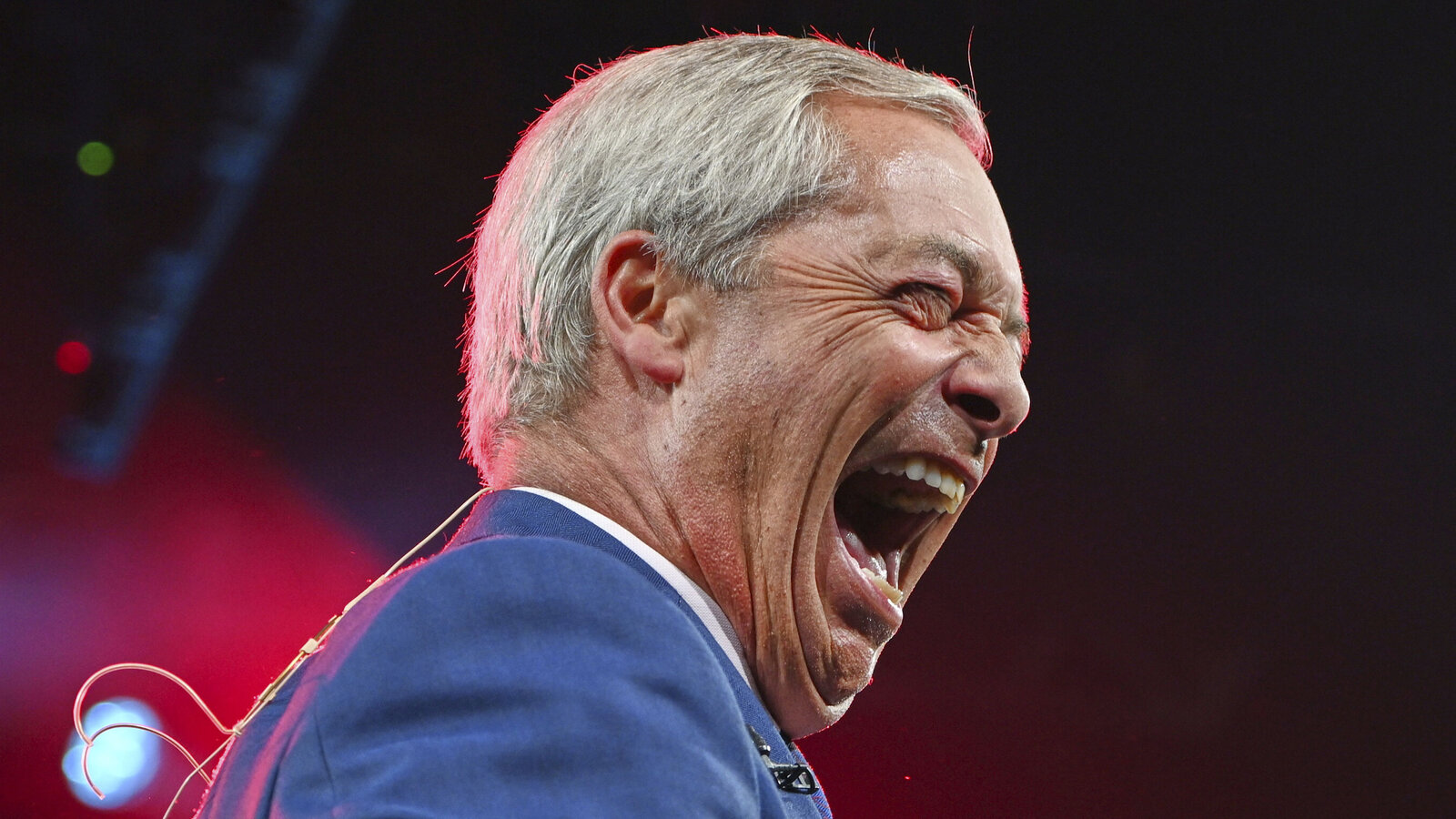Copyright MSNBC

The U.S. is plunging headlong into a revived war on drugs that could soon outdo the harms of its catastrophic predecessor. Over the past several weeks, the Trump administration has dramatically escalated its military campaign against alleged drug traffickers: first with another wave of strikes on boats in the Caribbean Sea and now with reported plans to send U.S. troops and intelligence officers into Mexico to target drug cartels. The reported Mexican mission, which sources say would involve drone strikes and may not be coordinated with the Mexican government, would mark a stunning break from decades of U.S. policy and an unprecedented expansion of the drug war’s global reach. The reported Mexican mission would mark an unprecedented expansion of the drug war’s global reach. Critics of President Donald Trump’s actions are questioning both the legality and constitutionality of these operations, which have been launched without congressional approval or oversight. And the president has made clear he has no plans to seek either. Through its growing reliance on unilateral military force, the administration is displaying a dogmatic belief — detached from evidence — that violence and coercion can subdue a drug trade shaped by complex social, economic and geopolitical forces. As retired law enforcement officials with more than 50 years of combined experience, we’ve seen where this kind of approach leads. Trump’s escalating belligerence in Latin America is just the latest and most extreme example of the mission creep of America’s failed drug war framework, which has defined national drug control strategy for much of the past half-century. A similar punishment-first mindset is now driving domestic policy. Amid raging crises of overdose and addiction, the administration has enacted deep cuts to agencies like the Substance Abuse and Mental Health Services Administration (SAMHSA), crippling programs that save lives and reduce costs. That includes one of the nation’s most cost-effective tools: training and equipping first responders with the overdose-reversal drug naloxone, which can save a life for less than $50. Meanwhile, new proposals for extreme fentanyl sentencing threaten to undo years of bipartisan reform that aimed to make the justice system fairer, leaner and more fiscally responsible. This trend isn’t confined to one party. Even in deep-blue cities, political backlash has helped undermine proven, low-cost public health tools such as overdose prevention centers and syringe exchanges, some of which had previously carried local support. Local governments nationwide are spending millions pushing unhoused people to the margins, dispersing, arresting, incarcerating and further destabilizing vulnerable individuals in need of care. These efforts only cycle people through jails and emergency rooms at enormous expense, while ignoring more efficient, evidence-based options like treatment and housing support. The warning signs are unmistakable for anyone who lived through the original war on drugs — a fiscal and moral disaster that wasted more than a trillion taxpayer dollars, filled prisons to the rafters and devastated communities at home and abroad, without making America safer or reducing drug use. Harsh punishment and heavy-handed enforcement have never solved what are fundamentally public health challenges. Research consistently shows that this is an ineffective and expensive policy approach that diverts limited law enforcement resources away from violent crime and toward low-level offenses. That does nothing to improve public safety. The mounting war on cartels is yet another signal of the administration’s commitment to a coercive, force-first approach. The mounting war on cartels is yet another troubling signal of the administration’s commitment to a coercive, force-first approach. In the name of fighting drugs, the administration has authorized strikes that have now killed dozens on the open seas, without due process or even proof of criminal conduct. The administration has defended these actions as “necessary,” even as reports cast doubt on the targets’ connection to drug trafficking. In terms of outcomes, the campaign will serve as little more than a costly distraction meant to project toughness while masking the administration’s own role in worsening the crisis at home. Any one of these developments would be cause for concern. Together, they represent a wholesale retreat from the progress we’ve made. We are watching the formation of a perfect storm: a collapse in supportive services paired with renewed enthusiasm for punishment, control and cruelty. As a result, we will see more preventable deaths, more untreated illness and a rising human and financial toll. And with leaders rapidly transferring public resources away from supportive services and toward the criminal justice system, law enforcement will be given the impossible task of managing the fallout. This country’s political backsliding arises from a dangerous nostalgia for the “tough on crime” posturing that has failed us before. Fear and political opportunism are once again driving policy where evidence should. If criminalization could solve these problems, then we wouldn’t be in this crisis today. If military might could eliminate drug trafficking, the decadeslong war on cartels would already be won. There is still time to change course. But doing so will require the moral courage to reject the expedience of “get tough” politics and instead invest in what actually works. Study after study shows that every dollar spent on treatment, housing, harm reduction and mental health services saves several in avoided justice costs, emergency care and lost productivity. In contrast, every dollar spent on enforcement yields almost no measurable reduction in drug use or overdoses. If elected officials are serious about protecting Americans from the harms of drugs, then they must abandon the illusion that effective drug control strategy can be built around force alone. The path forward begins with fully funding treatment, housing, harm reduction and mental health services — not just as alternatives to the justice system, but as the foundation of a robust system of care that promotes safer, healthier communities. At the very least, our leaders must stop dismantling the progress we’ve already made. We cannot afford to lose another generation to the same failed policies.



